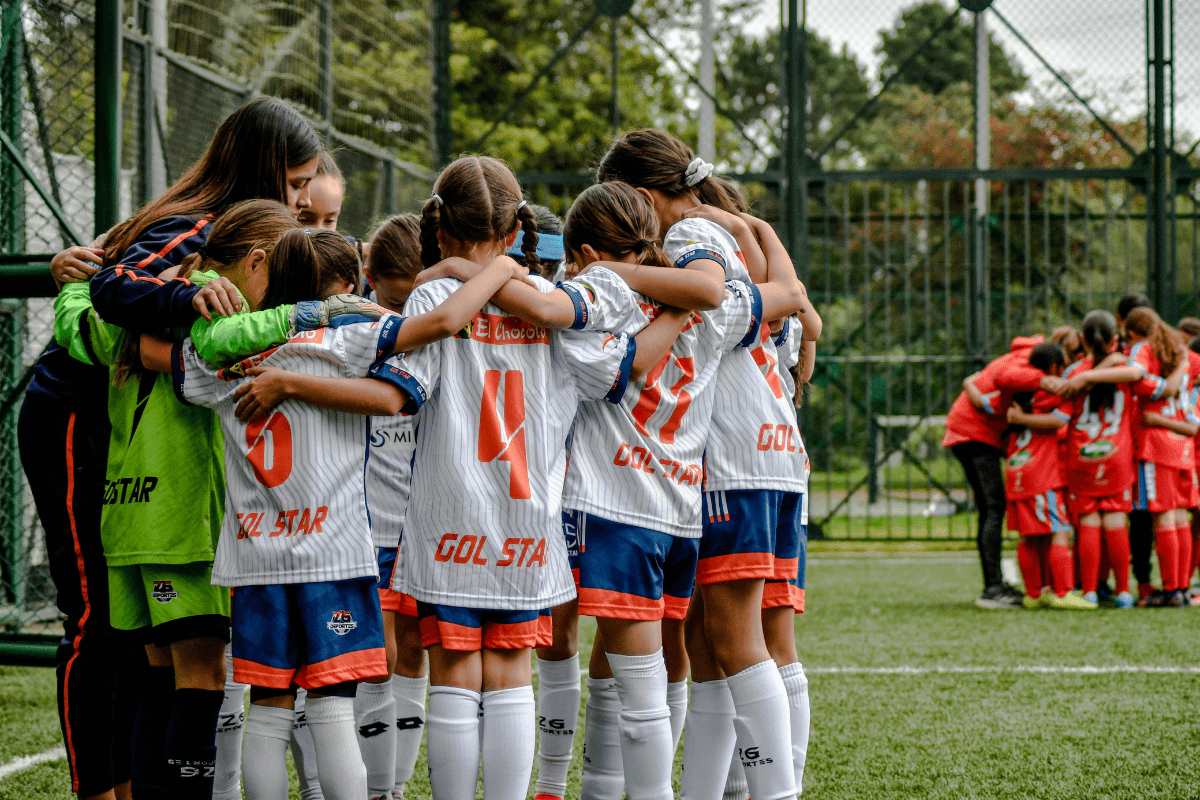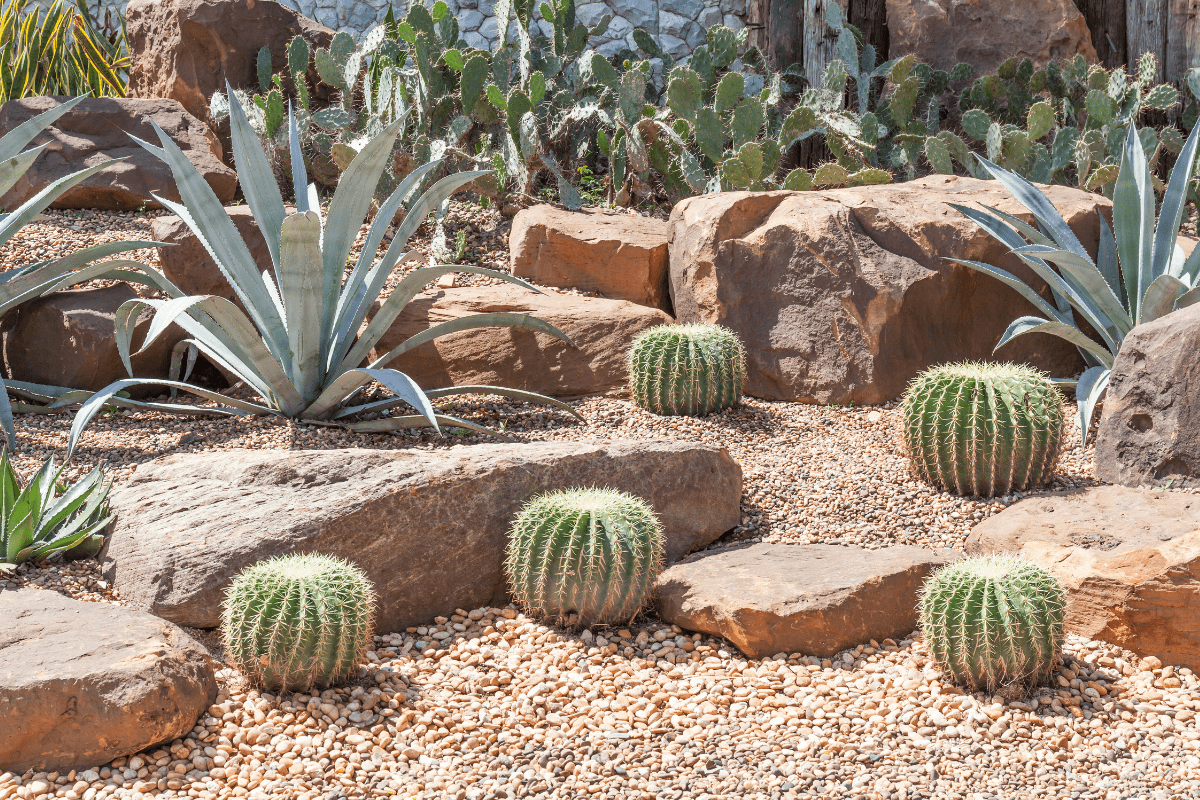Scottsdale has somehow convinced over 200 golf courses to exist in the middle of a desert, and honestly, it works better than you'd think. With 2.4 million golfers visiting annually and dropping serious cash (we're talking $2.2 billion), this Arizona hotspot has become the place where golf dreams meet cactus reality.
Why Scottsdale dominates the golf destination game
Let's start with the obvious: Scottsdale gets 300+ days of sunshine annually. That's basically a guarantee that your golf trip won't get rained out, unless you're spectacularly unlucky and hit one of those 65 cloudy days. The city packs 51 courses within its borders, though the greater Phoenix-Scottsdale area balloons to over 200 options if you're willing to drive a bit.
The Sonoran Desert creates a golf backdrop you won't find anywhere else. Picture emerald fairways threading through forests of towering saguaro cacti, around granite boulders that are literally 200 million years old, and across elevation changes that'll make your GPS rangefinder work overtime. It's like someone decided regular golf wasn't challenging enough and added prehistoric rock formations to the mix.
What really sets Scottsdale apart is its deep golf culture. This place houses the second-highest concentration of PGA Tour pros after Jupiter, Florida. Troon Golf, the world's largest golf management company, runs operations from here. PING and TaylorMade have major facilities in town. Even the garbage company (Waste Management) sponsors a golf tournament that attracts 700,000 people and somehow manages to produce zero waste. Only in Scottsdale would trash collection become synonymous with the world's biggest golf party.
Desert golf at its finest: Top-rated courses
The public course champions
We-Ko-Pa's Saguaro Course has dominated Arizona public golf rankings like Tiger dominated the early 2000s, claiming the #1 spot for 15 of the last 16 years according to Golfweek. Bill Coore and Ben Crenshaw designed this minimalist masterpiece using only 68 acres of grass, which sounds stingy until you realize it provides 360-degree mountain views without a single house or road in sight.
The par-71 layout stretches 6,966 yards with a 72.1 rating and 138 slope, numbers that suggest "challenging but fair" rather than "bring extra balls." Wide corridors make it surprisingly walkable for a desert course, though in July you'd better be part camel to attempt that. What makes Saguaro special is the pure desert golf experience. No cart paths crossing fairways, no pool parties in adjacent backyards, just you versus the Sonoran Desert's finest obstacles.
TPC Scottsdale's Stadium Course takes a different approach to fame. Home of the WM Phoenix Open since 1987, this Tom Weiskopf and Jay Morrish design became legendary through its 16th hole, nicknamed "The Coliseum." During the tournament, temporary grandstands transform this innocent par-3 into a 20,000-seat amphitheater where drunk fans boo players for hitting the green. It's golf meets gladiator arena, and somehow it works.
The Stadium Course plays 7,261 yards with a 74.7 rating and 142 slope, maintained to PGA Tour standards year-round. Tour pros describe it as "open and friendly as a Labrador puppy" compared to earlier TPC designs, though the closing stretch from 14-18 will test whether you've been paying attention to course management or just grip-and-rip all day.
Resort courses worth the splurge
Troon North's Monument Course showcases desert golf architecture at its finest. Set against Pinnacle Peak's dramatic foothills, this 7,039-yard par-72 layout weaves through massive granite formations that definitely weren't placed there for decoration. The signature third hole features an enormous boulder sitting right in the middle of the fairway, because apparently Weiskopf thought golf needed more obstacles.
Critics praise the design for creating "homage to Open Championship-style golf in the middle of the Scottsdale desert," which sounds impossible but somehow works. The links-desert hybrid demands every shot in your bag while providing views that'll have you reaching for your phone camera instead of your rangefinder.
Grayhawk Golf Club runs two courses that consistently rank among Golf Digest's top 100. The Talon Course boasts a 146 slope rating that basically translates to "good luck with those approach shots." Multi-tiered greens guarded by deep box canyons ensure that even good drives don't guarantee easy pars. The Raptor Course offers a slightly friendlier challenge, though "friendly" is relative when Phil Mickelson calls it his home course.
Understanding the pricing rollercoaster
Scottsdale golf pricing swings harder than a weekend warrior with a new driver. Peak season runs January through April, when snowbirds descend en masse and courses capitalize accordingly. Premium tracks command $300-550 for prime weekend tee times, with TPC Stadium starting at $141 for Arizona residents who can prove they actually live in this oven.
Here's where timing gets interesting:
- Peak season (Jan-April): Maximum rates, maximum crowds
- Shoulder season (May, Oct-Dec): 25-40% savings
- Summer (June-Aug): 50-70% discounts
- September: Overseeding roulette
Summer golf in Scottsdale requires a different mindset. When temperatures hit 106°F, courses slash rates dramatically. We-Ko-Pa drops from $299 to $99 for resort guests, while Grayhawk's Raptor Course falls to $102 in August. The catch? You'll need to embrace 5:30 AM tee times or risk becoming a desert casualty.
Most courses now use dynamic pricing that adjusts based on demand, weather, and how desperately they need to fill tee sheets. We-Ko-Pa stands out by maintaining fixed seasonal pricing and offering a 90-day advance booking window, the longest in the valley. This means you can lock in rates three months out without worrying about surge pricing because some corporate group decided they need 40 tee times that weekend.
Watch out for hidden fees that can inflate your golf budget:
- Troon North adds a 5% water surcharge
- Grayhawk tacks on 8.05% tax plus 5% "Course Water Resource Fee"
- Mandatory forecaddies during peak season expect $40+ per player in gratuities
- Cart fees often aren't included in twilight rates
Mastering Scottsdale's weather patterns
Scottsdale's weather follows a predictable pattern that golfers can exploit for maximum enjoyment or maximum savings. The city receives a measly 10.2 inches of rain annually, mostly during brief summer monsoons that provide dramatic sky shows but rarely last long enough to ruin a round.
Prime golf season runs November through April when daytime temperatures hover between 65-75°F. March hits the sweet spot with 76°F highs and virtually zero precipitation, though this perfection attracts crowds that turn five-hour rounds into endurance tests.
Summer transforms Scottsdale into a different planet. June through August brings 102-106°F temperatures that would make Satan consider relocating. Yet dedicated golfers discover empty fairways and incredible deals by embracing dawn patrol. The desert's low humidity (13-47%) makes heat more bearable than humid climates, though "more bearable" still means potentially life-threatening if you're stupid about hydration.
The shoulder seasons offer the best value proposition. May sees temperatures climbing through the 80s and 90s while courses desperately extend spring rates before admitting summer has arrived. September and October bring cooling temps but also overseeding season, when courses punch millions of holes in their fairways and basically become unplayable for 2-3 weeks. Smart planners check overseeding schedules to avoid showing up to closed courses.
Booking strategies that actually work
Securing tee times at Scottsdale's premier courses requires strategy, patience, and occasionally mild deception about being a resort guest. The golden rule: book 30-90 days in advance for popular courses during peak season. We-Ko-Pa offers the valley's longest booking window at 90 days, while most others open 30-60 days out for public play.
Direct booking through course websites typically guarantees the best rates and most flexible cancellation policies. Yes, their websites often look like they were designed in 2003, but that's where the deals hide. Third-party platforms serve a purpose too. GolfNow's Hot Deals can slash rates up to 80% within 24 hours of tee time, perfect for spontaneous players who don't mind gambling on availability. TeeOff's Deal Caddy offers up to 50% savings without booking fees, though their "original prices" sometimes seem inflated to make discounts look better.
Resort packages can provide serious value for multi-round trips:
- Fairmont Princess includes $300 credit for TPC Scottsdale or Grayhawk
- Four Seasons offers $200 nightly toward Troon North fees
- The Phoenician features unlimited golf after your first round
Group bookings require a designated coordinator who enjoys herding cats. Most courses handle groups well, though parties over 16 might trigger tournament fees and require food-and-beverage minimums. Peak season group bookings often mean accepting whatever times are available rather than demanding four consecutive 8:00 AM Saturday slots.
Matching courses to your game
Beginner-friendly options that won't destroy confidence
The Phoenician Golf Club underwent a 2018 Phil Smith redesign specifically to eliminate blind hazards and create generous landing areas. The 4,575-6,518 yard layout lets newer players focus on making contact rather than searching for balls in the desert. Wide fairways, minimal forced carries, and stunning views of Camelback Mountain make it ideal for those still counting total strokes rather than tracking handicaps.
McCormick Ranch's Pine Course offers traditional tree-lined fairways in a parkland setting that feels more like the Midwest than the desert. This creates a comfort zone for players who find desert golf intimidating. The course plays fair without hidden surprises, and the mature trees actually provide shade, a rare commodity in Scottsdale golf.
Intermediate challenges
We-Ko-Pa Saguaro hits the sweet spot for developing players. Those wide corridors and strategic bunkering reward good shots while punishing poor decisions rather than slight misses. The 138 slope won't overwhelm intermediate players, but the desert setting and elevation changes provide enough challenge to stay interesting.
Talking Stick's North and South courses, both Coore/Crenshaw designs, feature grass throughout and few forced carries. This makes them playable for higher handicappers while still providing strategic interest for better players. The courses feel like you're playing through a links-style layout that happened to get lost in the desert.
Low handicap challenges
TPC Scottsdale Stadium's 74.7 rating and 142 slope create a legitimate tour-level test, particularly when they grow the rough and firm up the greens. The final five holes can destroy a good round faster than you can say "water hazard," demanding precise shot-making when the pressure mounts.
For the ultimate challenge, venture 45 minutes to Quintero Golf Club. This Rees Jones masterpiece earned Golf Digest's #1 public course ranking in 2017 by providing spectacular views and shot values that make every stroke memorable. The course demands every club in your bag while providing an experience that justifies the drive and the greens fee.
The evolving Scottsdale golf scene
Recent developments have modernized Scottsdale's golf landscape beyond just adding more courses. The Arizona Biltmore's Estates Course reopened in November 2023 following a complete rebuild by Tom Lehman. The $35 million transformation added 130 yards while installing cutting-edge irrigation with soil moisture sensors, because apparently regular sprinklers aren't smart enough anymore.
Alternative golf experiences are exploding across the valley. Two PopStroke locations affiliated with Tiger Woods opened within nine months, while Grass Clippings debuted as Arizona's first night golf facility in December 2023. Their 78 LED lights enable play until midnight on weekends, perfect for those who think regular golf doesn't involve enough squinting.
Sustainability has become central to operations, with 23 courses using reclaimed water that delivers 20 million gallons daily. Golf courses invested $55 million in this infrastructure without taxpayer funding, proving that environmental responsibility and pristine conditions can coexist. Courses now use satellite data and weather monitoring to reduce water usage while maintaining tour-quality conditions.
Planning your Scottsdale golf escape
Success starts with honest assessment of your priorities. Budget-conscious players should embrace summer's brutal heat for dramatic savings, booking 5:30 AM tee times and planning afternoon pool recovery. Those seeking optimal conditions should target November or March, accepting premium prices and crowded courses as the cost of comfort.
Instruction opportunities abound for those wanting to improve their game. TPC Scottsdale Academy employs Trackman and Boditrak pressure sensors to diagnose your swing flaws with brutal honesty. America Golf Academy features CAPTO 3D putting analysis that reveals why you three-putt from 20 feet. For those seeking guru-level instruction, Stan Utley teaches at Grayhawk while VISION54 creators Pia Nilsson and Lynn Marriott operate from Talking Stick.
Tournament spectating adds another dimension to Scottsdale golf tourism. The WM Phoenix Open transforms TPC Scottsdale into golf's biggest party each February, complete with concerts and general debauchery. The 2025 U.S. Mid-Amateur Championship at Troon North offers a more refined championship experience for those who prefer their golf without beer showers.
Hidden gems and local secrets
While everyone fights for tee times at TPC and Troon, savvy locals know about Rancho Mañana's affordable rates and challenging layout. Sanctuary Golf Course provides scenic mountain views without the crowds, while SunRidge Canyon, 30 minutes south, offers spectacular design at municipal prices.
Money-saving programs reward those who dig deeper:
- Grayhawk's "Crazy 8s": 8 rounds for $399
- TPC Pass: Full season access for $653
- McCormick Ranch Pass: Unlimited golf privileges
Local knowledge worth knowing: Tuesday through Thursday typically offers the best availability. Courses near the McDowell Mountains run 5-10 degrees cooler than those in south Scottsdale. Late April to early May provides perfect weather just before summer rates kick in, creating a brief window of ideal conditions at reasonable prices.
Scottsdale has evolved from desert curiosity to golf destination powerhouse by embracing its unique landscape rather than fighting it. With 200+ courses generating $4.6 billion in economic activity while supporting 50,700 jobs, golf isn't just a sport here—it's an industry. Whether you're seeking tour-caliber challenges, resort relaxation, or value municipal options, Scottsdale delivers experiences that explain why millions of rounds are played annually in what should be an inhospitable desert.
The combination of perfect winter weather, stunning scenery, and endless variety creates a golf paradise that keeps evolving while maintaining its essential character. Sure, playing golf in the desert seems counterintuitive, but so does putting a hockey team in Phoenix, and look how that worked out. Sometimes the best ideas are the ones that shouldn't work but do anyway.





